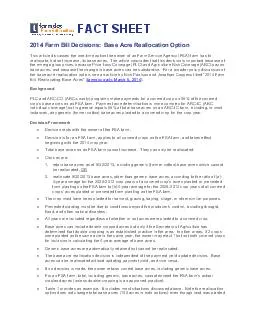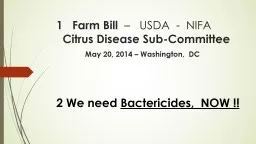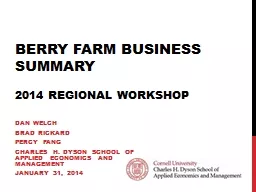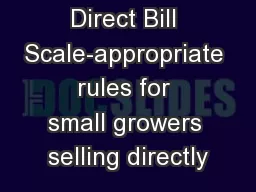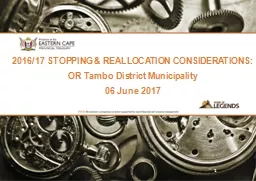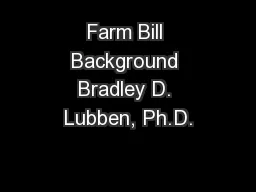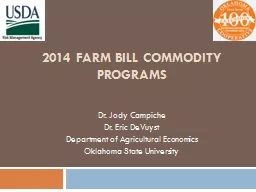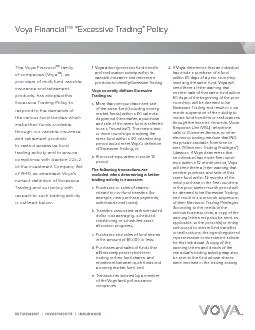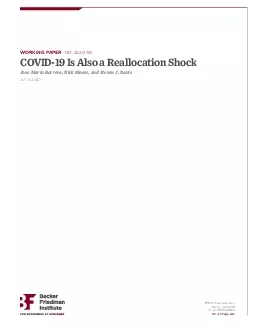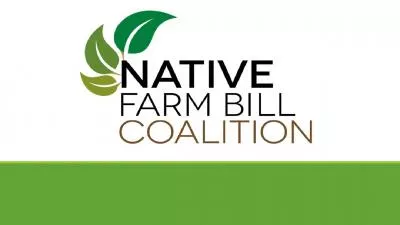PDF-2014 Farm Bill Decisions: Base Acre Reallocation OptionThis article d
Author : liane-varnes | Published Date : 2015-10-04
FACT SHEET retain base acres as of 9302013 including generic former cotton base acres which cannot reallocate 9302013 base acres other than generic base acres according
Presentation Embed Code
Download Presentation
Download Presentation The PPT/PDF document "2014 Farm Bill Decisions: Base Acre Rea..." is the property of its rightful owner. Permission is granted to download and print the materials on this website for personal, non-commercial use only, and to display it on your personal computer provided you do not modify the materials and that you retain all copyright notices contained in the materials. By downloading content from our website, you accept the terms of this agreement.
2014 Farm Bill Decisions: Base Acre Reallocation OptionThis article d: Transcript
Download Rules Of Document
"2014 Farm Bill Decisions: Base Acre Reallocation OptionThis article d"The content belongs to its owner. You may download and print it for personal use, without modification, and keep all copyright notices. By downloading, you agree to these terms.
Related Documents

